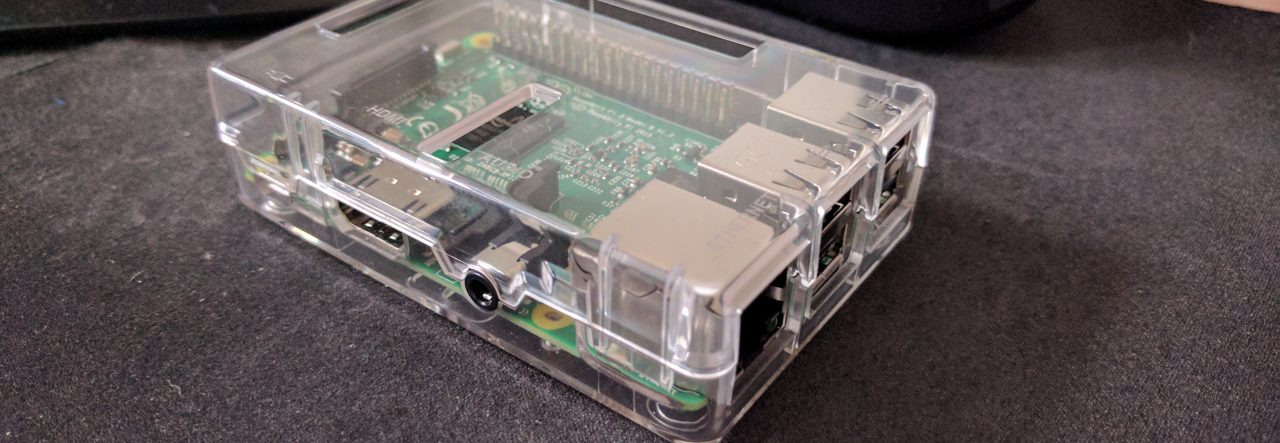An interesting article on eschoolnews.com (note that if you don’t establish an account at eschoolnews.com and log in, you won’t be able to read the entire article. However, enough of the article can be read without setting up an account to give you a good idea of the content) talks about how some creative physics teachers are using the popular game (available on phones and browsers near you) to teach physics principles.
Now, I find this especially interesting because the physics employed in the game do not match the real-world physics that human beings experience. ..interesting in a good way!
One of the most challenging aspects of teaching is to make the material interesting for the student. Rather than simply teaching dry facts about how objects move in the real world, these instructors are getting the kids to look at how the physics differ from the real world to the virtual world of Angry Birds. Through this process, the kids are learning about the real world, even if their interest is only in the game. Plus, comparative study, in my opinion, engages the student more in the learning process, and I can see how this might lead to a more productive learning experience.
I am especially happy that teachers are successfully using games as a vehicle for learning. I have watched over the years, out of professional interest, other attempts at using games as a vehicle for learning which totally flopped. One of the problems that previous attempts at such learning systems suffered was that often times these were games that were developed solely for the purpose of learning…and the games were boring! I don’t think it would take a rocket scientist to realize that if the games are of no interest to the students, then the value of using games in a learning environment are going to be very limited (if any at all).
I certainly hope that educators will continue to look at such innovative ways of teaching at all levels.

Comments are closed.